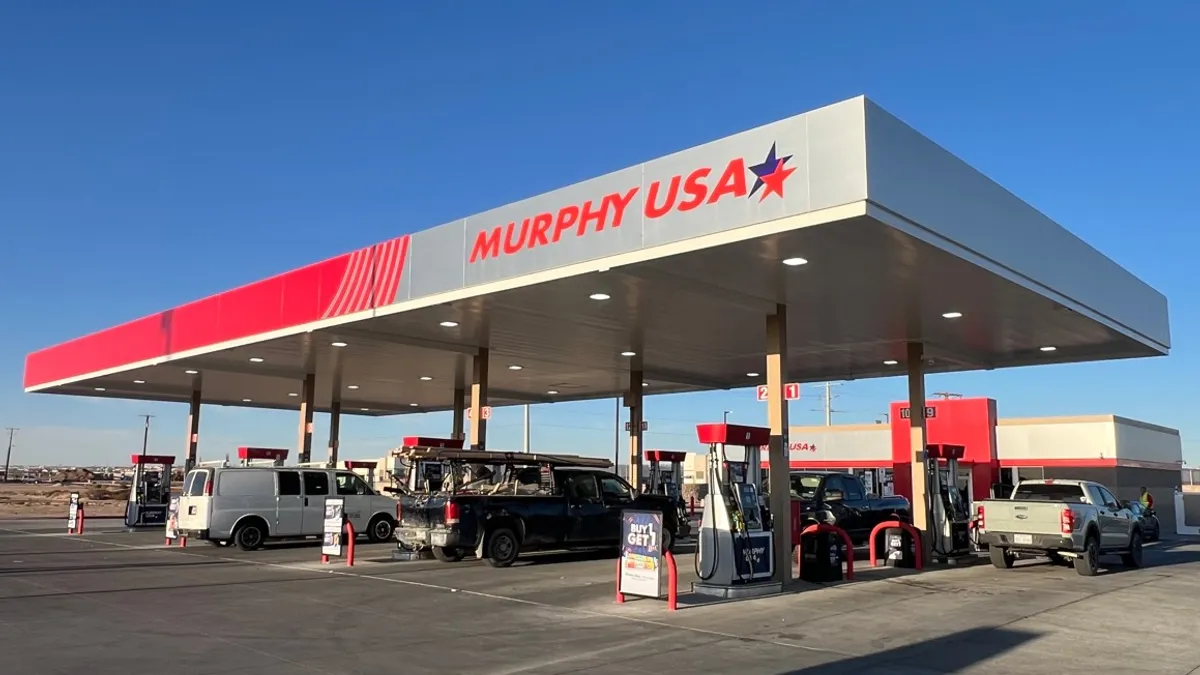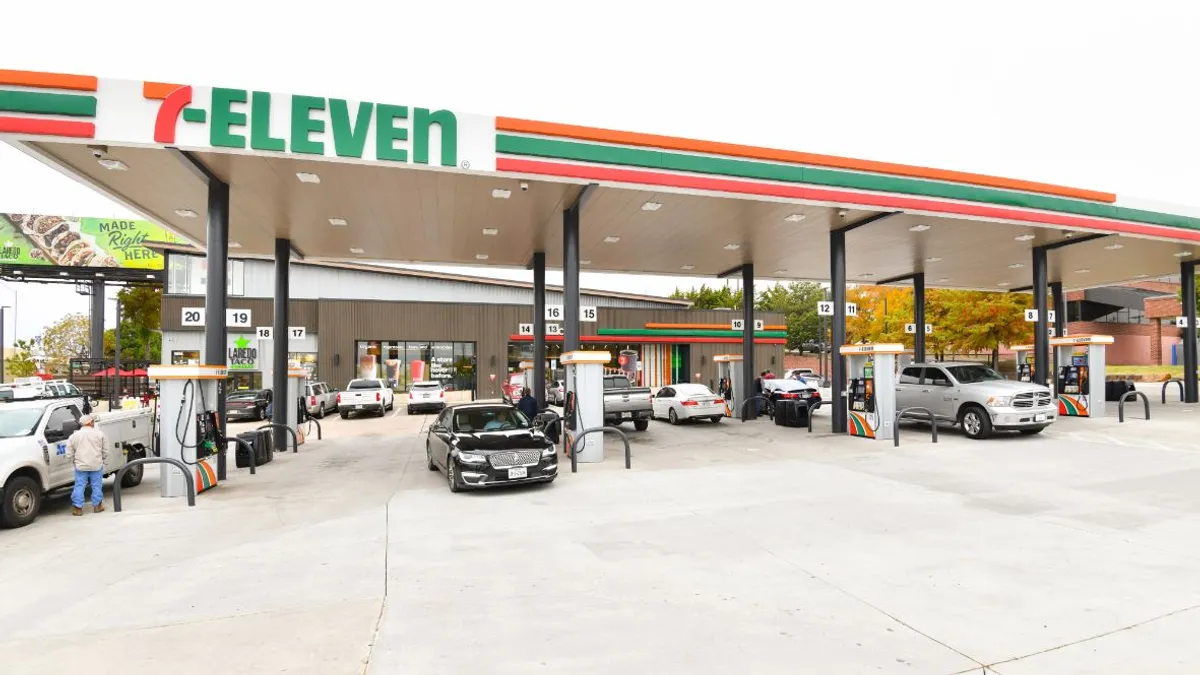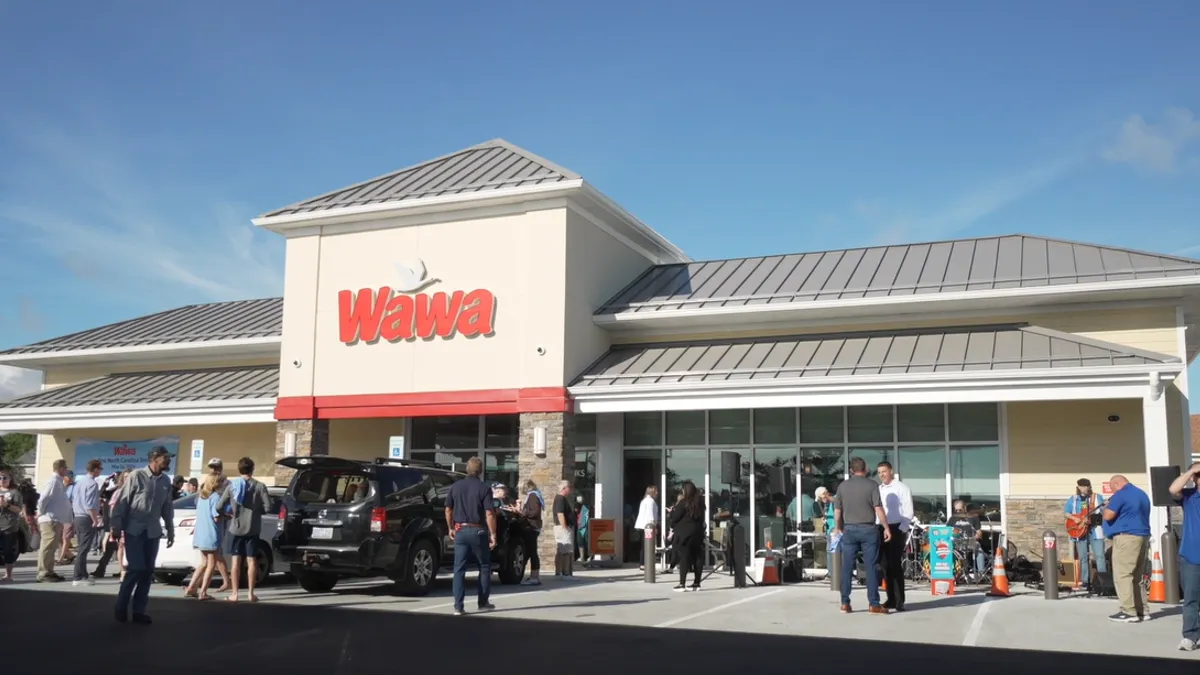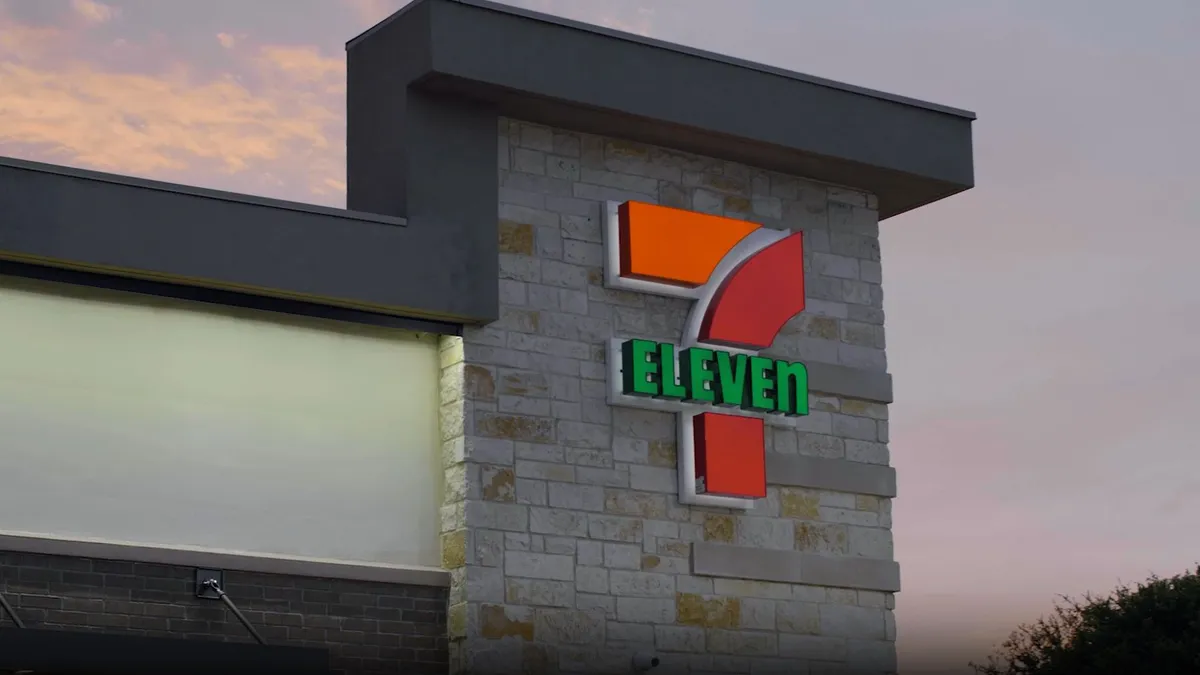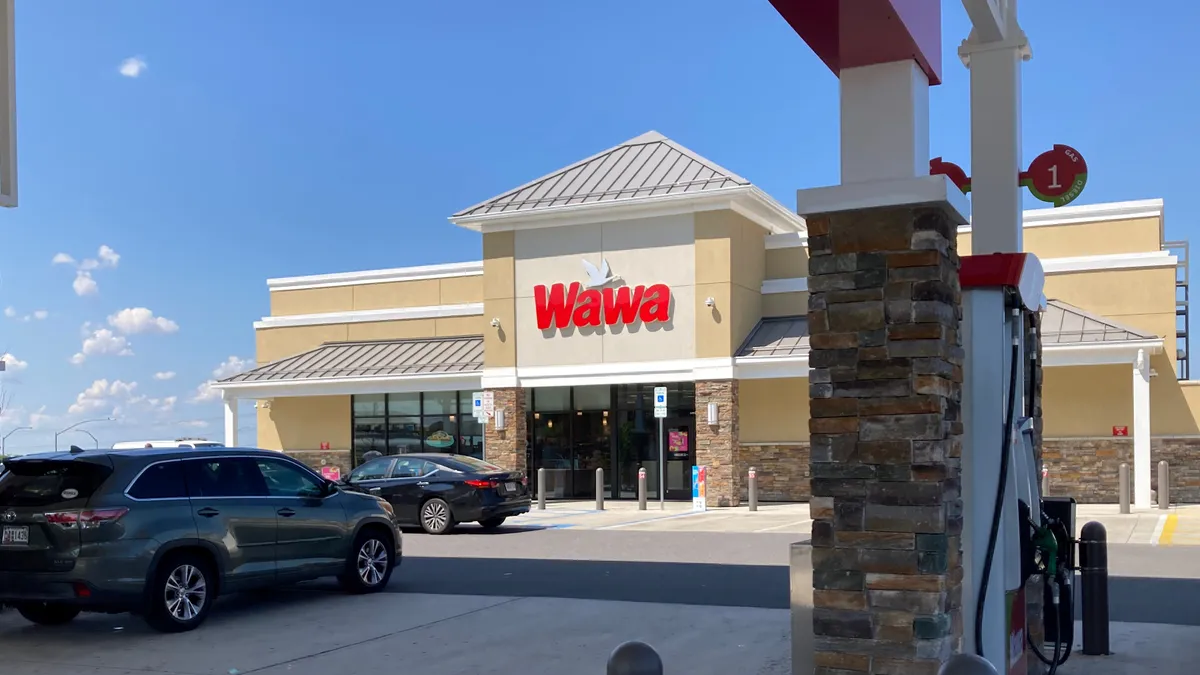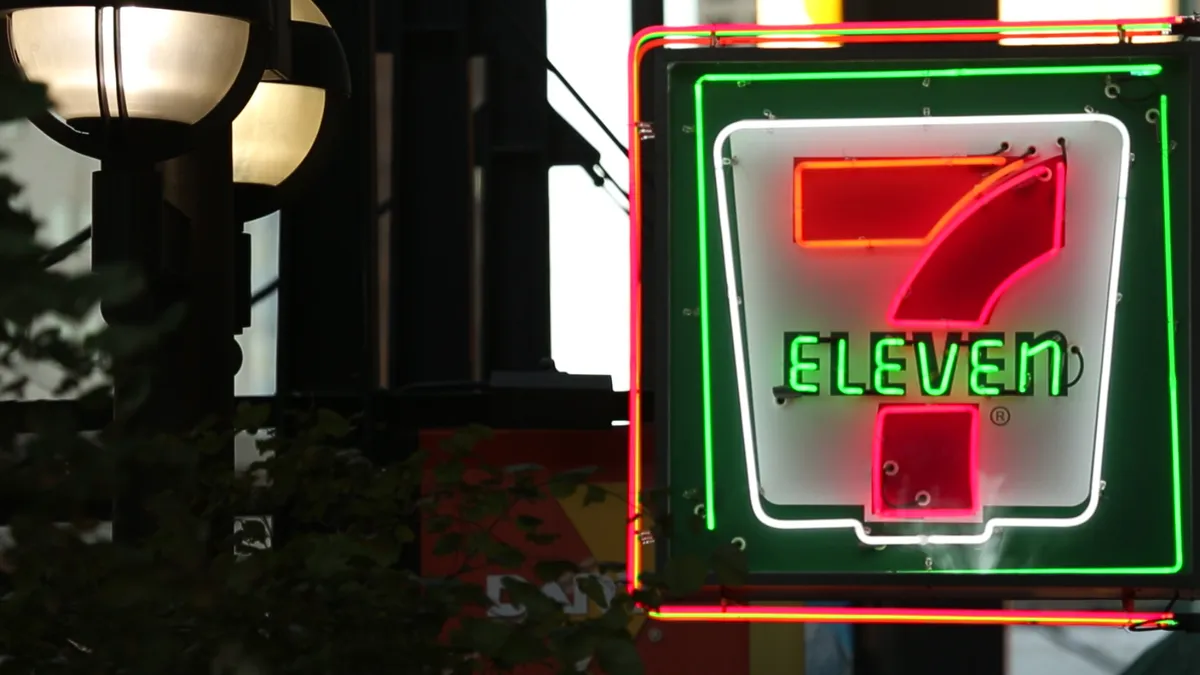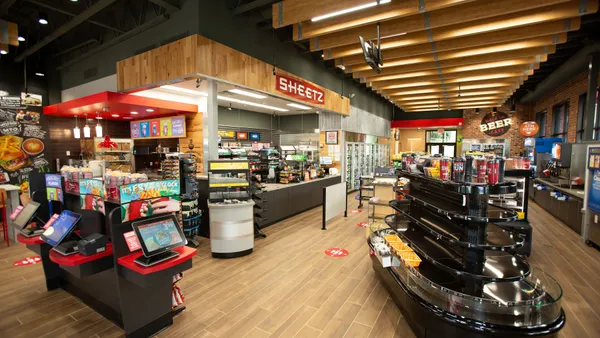Frank Beard is a longtime convenience retail enthusiast who currently works in marketing for Rovertown. His column, The Road Ahead, examines innovation in the c-store industry.
It seems like hardly a week goes by lately without news of some merger or acquisition.
Consolidation is one of our industry’s hottest topics this year, and it’s easy to see why. But while I understand how it creates competitive challenges for smaller players, I disagree that it’s a threat to everyone.
I’ve visited a few thousand convenience stores across the United States over the past decade. Speaking as a consumer, the most compelling and memorable experiences have almost always come from local, regional and even single-site operators. Not consolidators.
That’s because consolidators play a different game.
We use the phrase “convenience store” to describe more than 152,000 locations across the United States, but there’s a lot of variety within that label. The definition constantly evolves. Smaller operators have the greatest flexibility to push the boundaries of what a convenience store can be, offering innovations like pour over coffee, spotless restrooms or unique foodservice programs that showcase regional or ethnic flavors.
"It’s important to remember that innovation is a constant effort, not a one-and-done activity."

Consolidators, on the other hand, are perhaps the purest expression of whatever the market defines as a “convenience store.” Sometimes they’re a little more, sometimes a little less, but they tend to stay close to the status quo. That’s because consolidators need a scaleable, one-size-fits-all approach. They meet the basic needs of the broadest possible customer base while maintaining an offer that can be plugged into whatever stores they acquire.
And this approach works well for consolidators. However, the standardized approach also leaves an opening for other retailers to serve needs that aren’t being addressed.
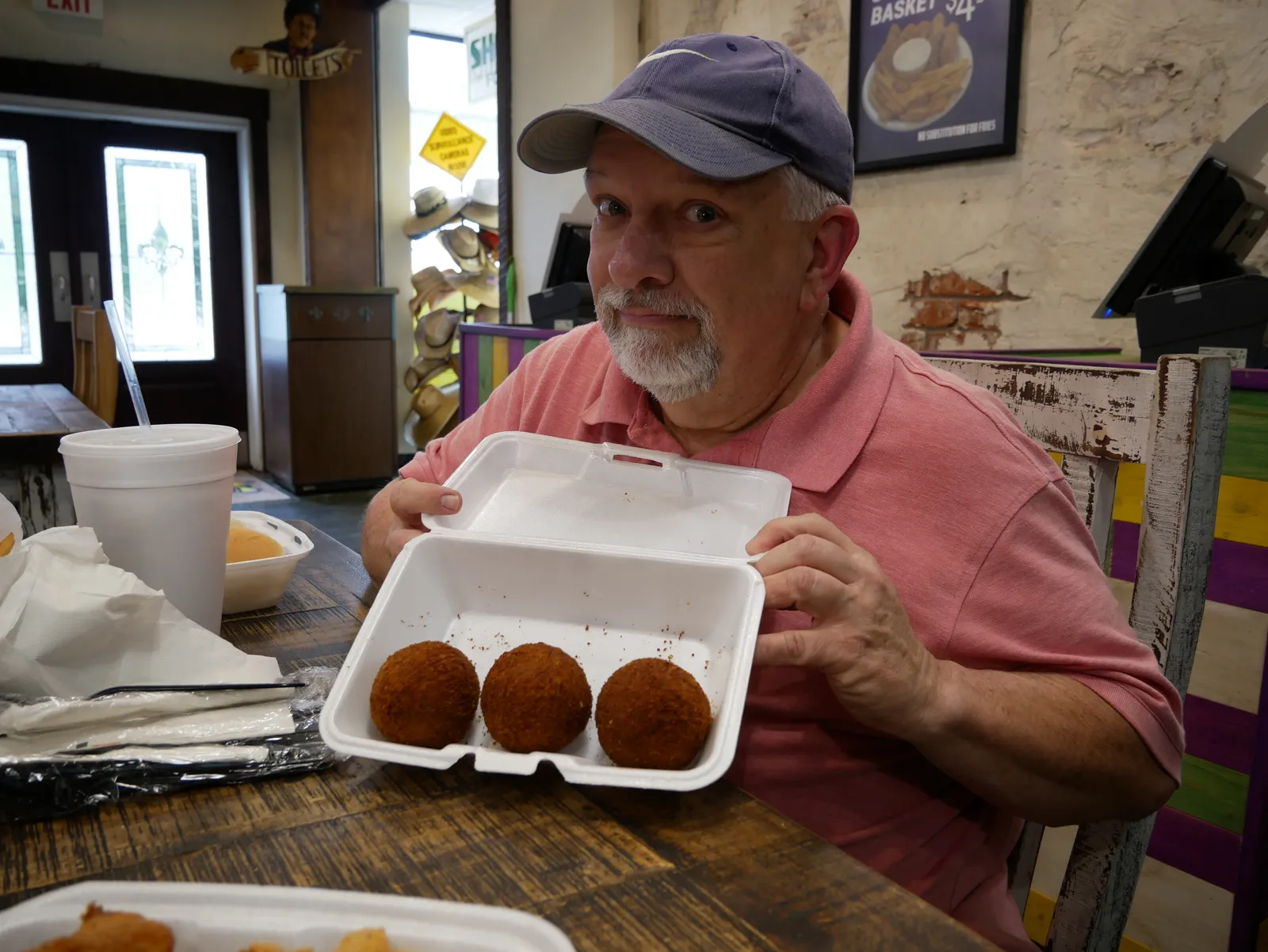
Carving out a niche
One of the most memorable meals I ever had at a gas station was in Louisiana.
Back in 2018, I joined Al Hebert, the Gas Station Gourmet, and his family at a Shop Rite in Lafayette. The family-owned chain has roughly 60 locations in the state, and this store featured one of its Bourbon Street Deli restaurants. I don’t exaggerate when I say that the Bourbon Street Deli is perhaps the best Cajun quick-service restaurant concept that I’ve ever encountered. From blackened alligator to boudin and Po’Boys, everyone leaves there satisfied.
As Kevin Kelley, co-founder and principal of the design firm Shook Kelley recently pointed out, there have always been low-price leaders focused on scale and efficiency in retail. However, most markets can only support a few such retailers. The opportunity for everyone else is to carve out a “niche that the price leaders can’t and won’t pursue as their primary focus,” Kelley wrote in an article for Independent Grocer.
But carving out a niche isn’t easy.
It’s become cliche to say that consumers don’t see retail or restaurant channels, but they absolutely do. And there are certain expectations of what’s normal or acceptable in those channels. That’s why it would feel weird to see table service at a fast casual chain, or why no one expects a casual dining chain to hire an in-house sommelier and try to move bottles of Margaux or Howell Mountain cabernet.
Retailers who color too far outside the lines can risk confusing or alienating customers. Try to do too much, and you may also risk not really excelling at anything. I suspect this is part of the reason why retailers like Foxtrot and Choice Market struggled.
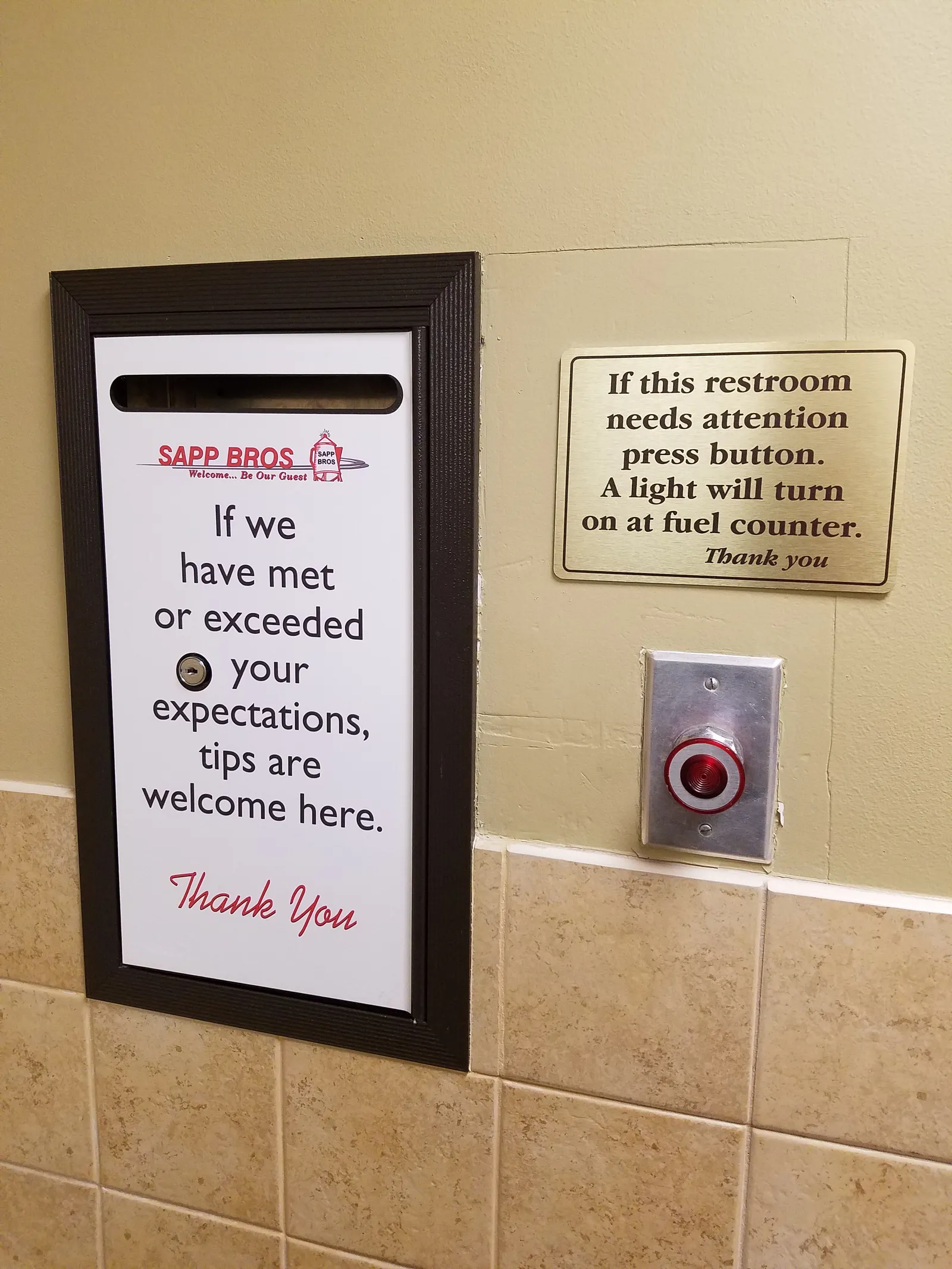
But this is where the best local and regional convenience retailers truly stand out.
From the “mom approved” restrooms at Sapp Bros to the flavored milk at Weigel’s, fried chicken at Royal Farms, the coffee at Twice Daily’s White Bison locations, the pizza at Dandy, and the ice cream at United Dairy Farmers and Stewart’s Shops — and countless other examples across this industry that we all know and love — certain retailers have carefully carved out niches while remaining true to their core business.
Moreover, local and regional convenience retailers are closer to consumers than perhaps anyone else. These companies are embedded in their communities, and they understand what their customers want. And many have a long lineage. Newcomb Oil, operator of the FiveStar chain of convenience stores, just celebrated its 100th anniversary.
This regionality and hyperlocality is a major competitive advantage. There are nuances to how our industry developed in different parts of the country, and not everywhere has the same expectations for what’s normal at a convenience store. Smaller players can execute on these nuances in ways that a consolidator won’t.
However, it’s important to understand that when the market shifts, consolidators can respond quickly and effectively.
Fast Followers
I remember visiting a Ricker’s location back in 2016 in Indianapolis.
While I stopped by to try their new made-to-order Tex-Mex program — which was fantastic — what really caught my attention was the row of bean-to-cup coffee machines. Everyone was batch brewing at the time, and Ricker’s approach just wasn’t seen often in convenience stores.
The trend quickly took off, and it wasn’t long before Circle K joined the crowd. Even as a coffee snob, I have to admit that Circle K has done a great job with its coffee program.
My point is that when the market’s expectations for a “convenience store” change, consolidators have the resources and the ability to react very quickly. Large organizations may have competing priorities, but they’re full of smart people who can do big things when they focus. They may not be first movers, but they can definitely be fast followers.
That’s why it’s important to remember that innovation is a constant effort, not a one-and-done activity. Fortunately, smaller retailers have the ability to dart back and forth, identify what’s worth their time, and execute quickly. Speed and nimbleness is their advantage.
And even within an area like coffee, there are still ways to differentiate.
Consider Twice Daily’s White Bison concept, the Bowser Bean cafes built by Vantage Fuels in Australia, or even the coffee machine at one of my favorite stores — the 36 Lyn Refuel Station in Minneapolis — which is filled with beans from a local roaster down the street.
While consolidation is a challenge to some, it’s not always a threat to everyone. Our industry is full of amazing retailers who will continue to fill the gaps in the market created by one-size-fits-all offers.
That’s why when I look to the next decade of store visits, I won’t be surprised if I continue to rave about many of the same brands that delighted me over the past decade.
Maybe I’ll even rave about a few new ones.




